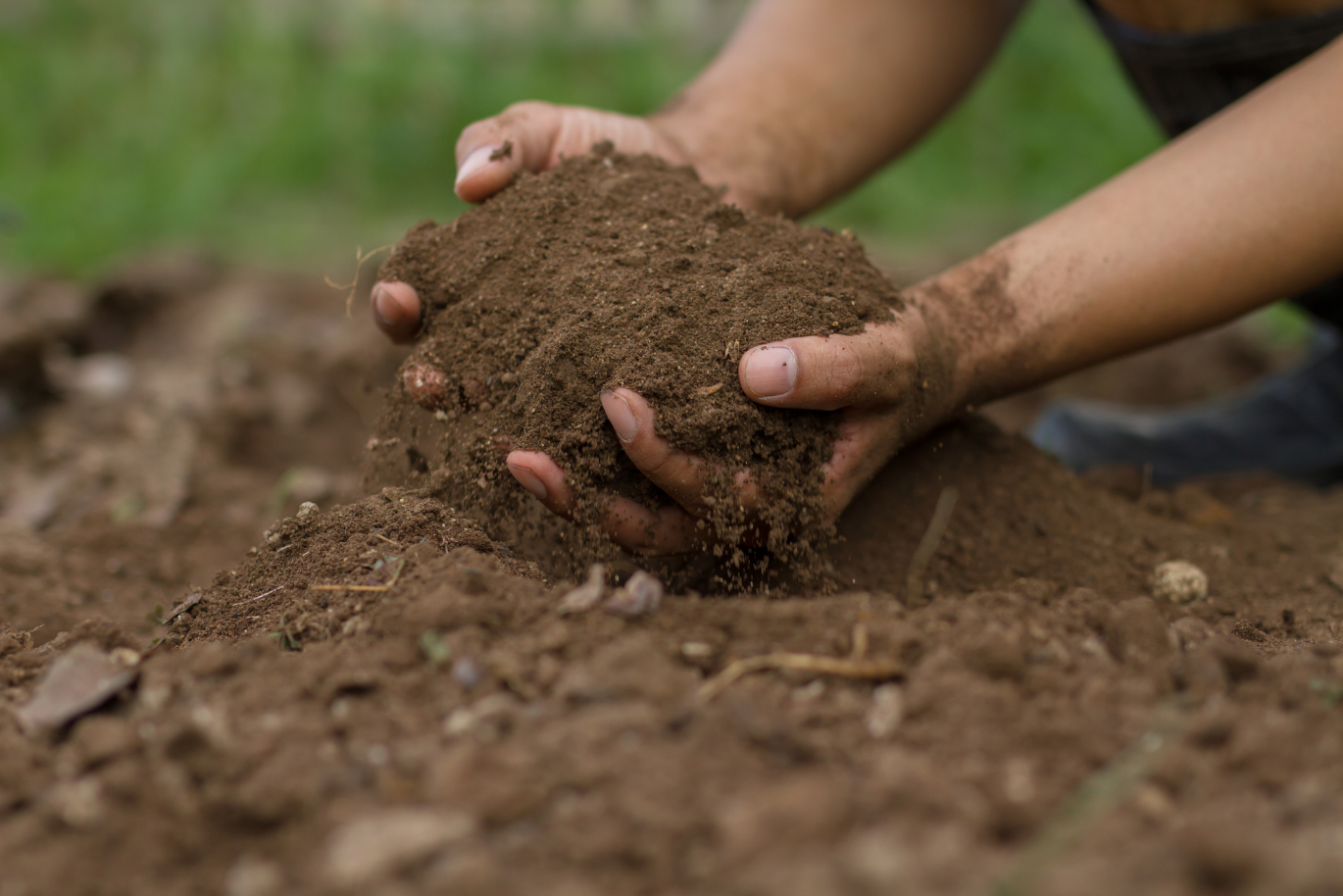Balancing soil health and greenhouse gas emissions
The TRUESOIL project explores the trade-offs between soil organic carbon sequestration and greenhouse gas emissions, both in current conditions and future climate scenarios.

With a collaborative effort involving 13 international partners, the consortium behind TRUESOIL covers a diverse array of soil types and climates, creating a comprehensive research landscape.
Dr. Ana Meijide, the Project Coordinator from the University of Bonn, and the University of Göttingen, Germany, states, “The project aims to understand the complex interactions between soil management practices aiming at increasing soil organic carbon and greenhouse gas (GHG) emissions. These practices vary from conventional to reduced tillage, cover cropping, and other approaches that aim to increase soil organic carbon. The project also explores the influence of climate change on these trade-offs, adding another layer of novelty to the project.”
Preliminary findings
Through field studies, laboratory incubations and modeling approaches, researchers investigate how various management practices influence soil organic carbon sequestration and their trade-offs with GHG emissions, particularly nitrous oxide.
While the TRUESOIL project is ongoing, preliminary findings from specific field-sites are beginning to provide insights.
“For instance, in the German site of the study, which involves a comparison between conventional and reduced tillage practices over 50 years, researchers observed an increase in carbon content in the topsoil. However, this increase was accompanied by higher nitrous oxide emissions, highlighting the delicate balance between carbon accumulation and greenhouse gas emissions,” Ana Meijide explains.
Aiming for guidelines for farmers in the future
One of the unique aspects of the TRUESOIL project is the establishment of manipulation experiments at multiple sites, involving rainout shelters that reduce rainfall by 50%.
These experiments allow researchers to assess how soil management practices, carbon storage, and emissions respond to altered water availability and therefore moisture conditions, providing valuable data on the potential impacts of changing precipitation patterns.
While general guidelines for farmers may be elusive due to the complex and site-specific nature of the findings, the TRUESOIL project aims to provide valuable recommendations at the regional level that can inform sustainable agricultural practices in the future.
For more information about the project, please visit: www.truesoil-project.net